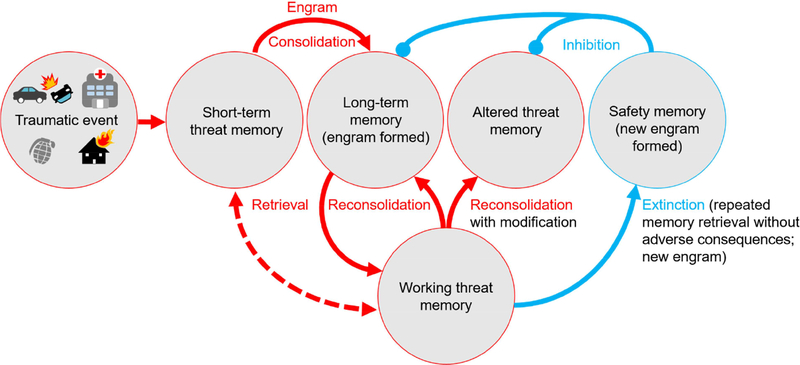Figure 1. Schematic illustration of the main stages of memory encoding following a traumatic event consisting of consolidation, reconsolidation, and extinction.
Soon after experiencing trauma, the memory is in an active state in short-term memory until it gets consolidated and stabilized into long-term memory. Since short-term memories are instantly available to conscious awareness, they are also temporarily available to working memory while being consolidated. The retrieval of a consolidated memory at later time points returns the memory from an inactive state in long-term memory to an active state in working memory. From there, the reactivated memories are stabilized again during a process called reconsolidation. Reconsolidation most readily takes place after brief reactivation, thereby strengthening the long-term memory. During reconsolidation events, the active memory traces are potentially susceptible to modification. Extinction (safety memory which inhibits the original threat memory) is induced upon recurrent reactivation of a memory without adverse consequences. Reconsolidation and extinction represent contrasting processes that work in concert to either strengthen or inhibit threat memory expression over time.

